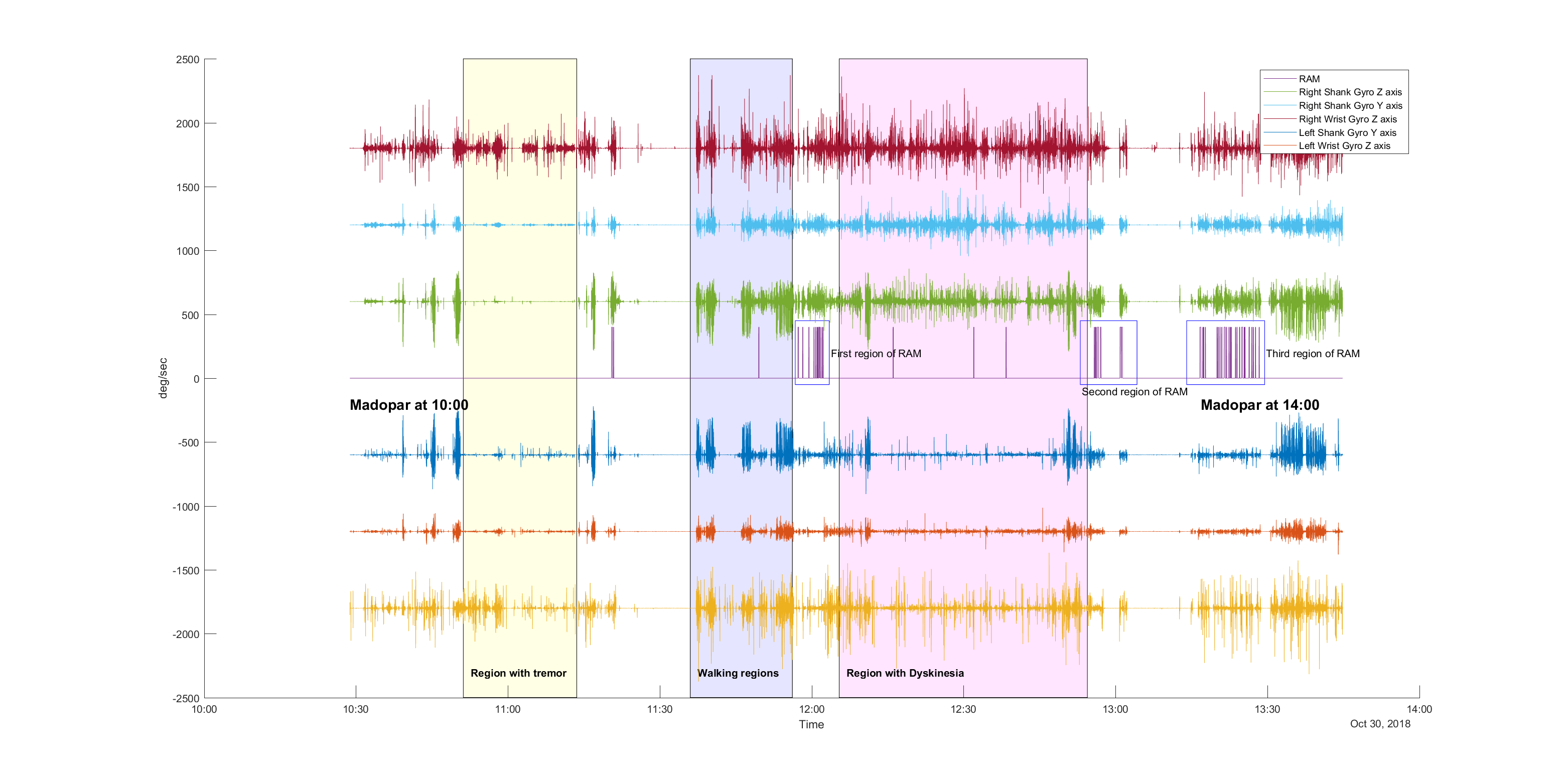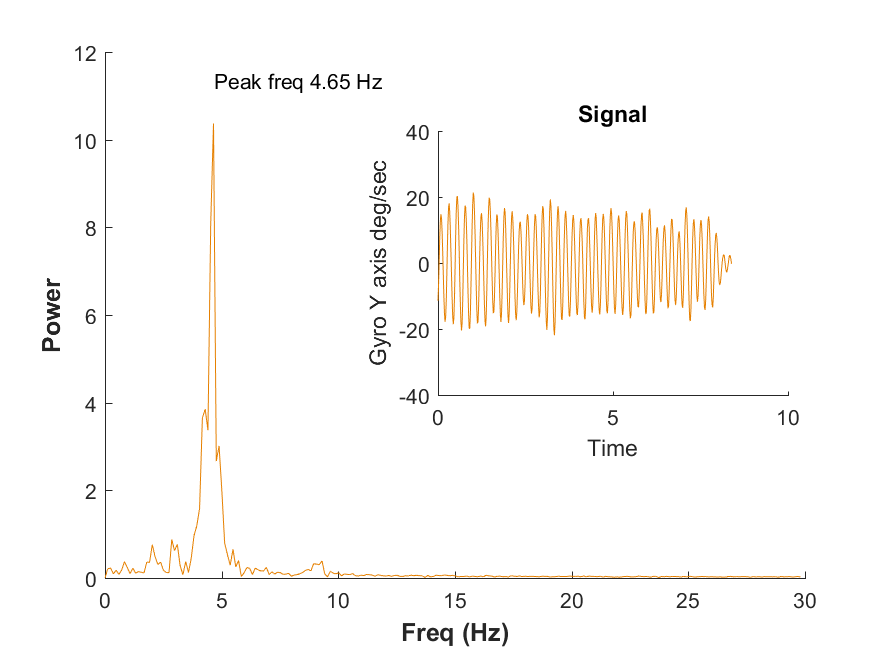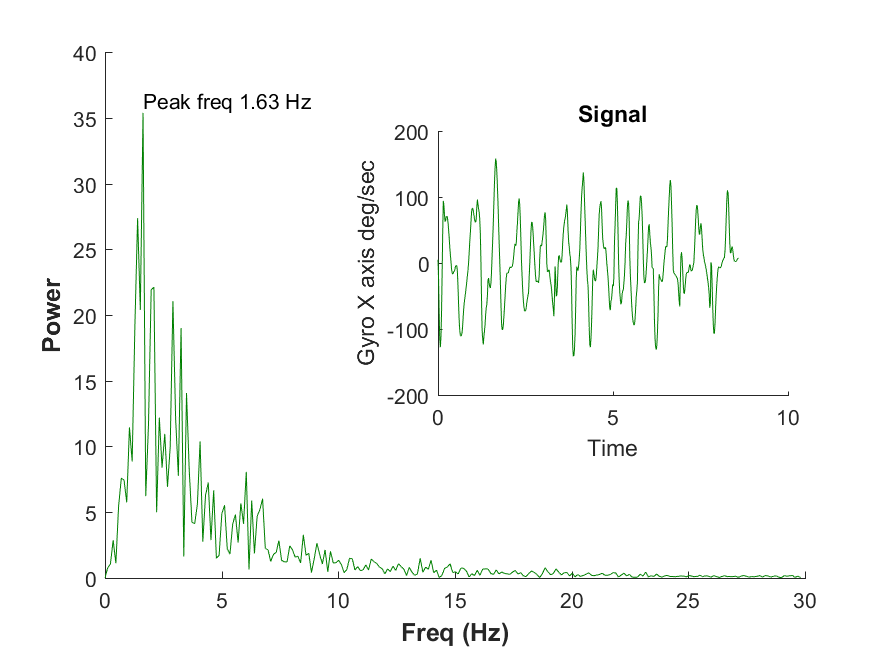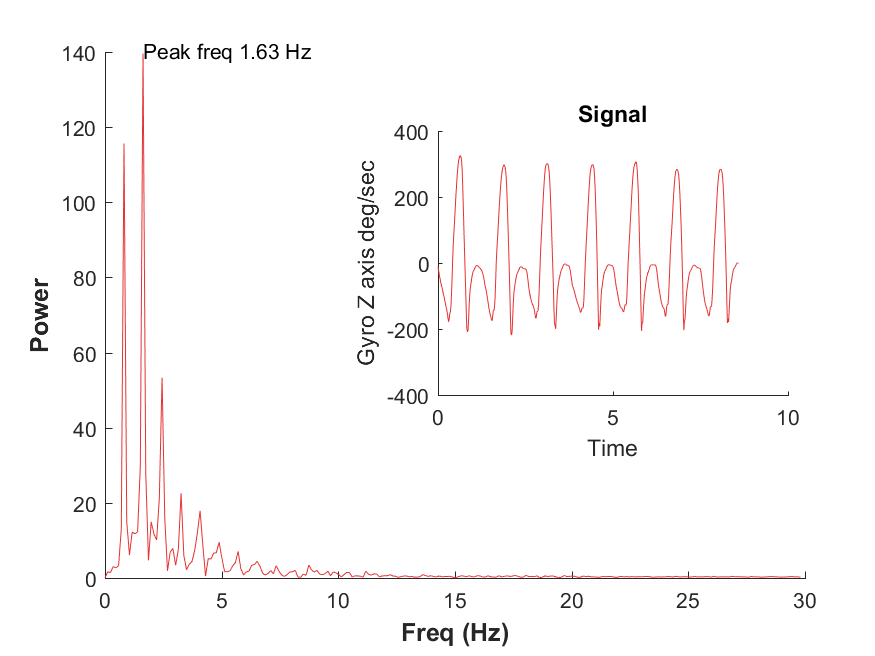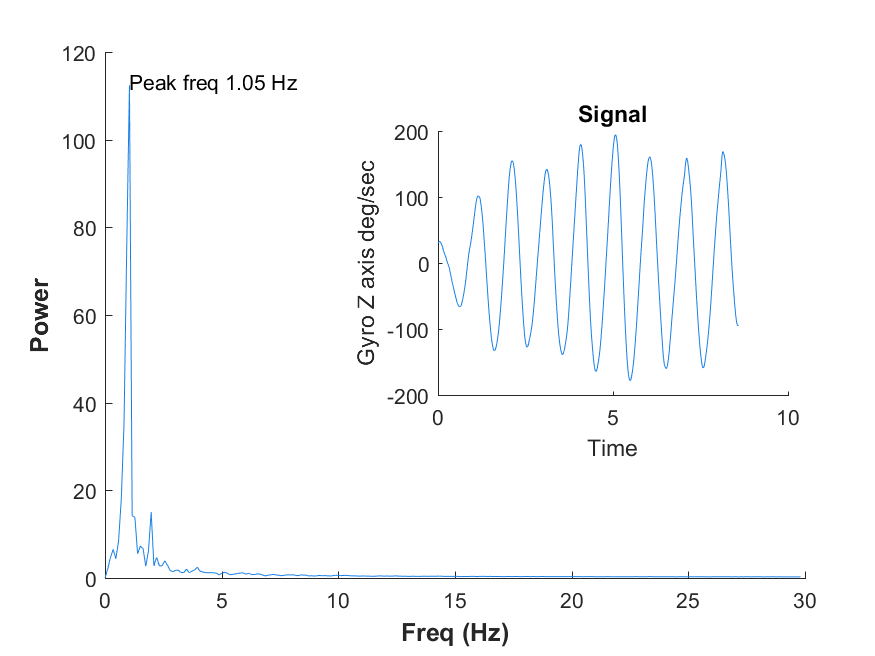Category: Technology
Objective: The present study aims to evaluate the efficacy of a body-worn sensor device to detect leg repetitive abnormal movements in patients with Parkinson’s disease related to the presence of diphasic dyskinesias.
Background: Diphasic dyskinesia is a type of levodopa induced dyskinesia appearing at the onset and offset of the levodopa effect, coinciding with arising and decaying plasma levodopa levels [1]. The most dominant manifestation of diphasic dyskinesia are the repetitive abnormal movements (RAM) in the limbs, but their detection is a challenge in clinical practice [2]. Therefore, a sensor-based method that could accurately detect RAM could be a valuable tool for detecting diphasic dyskinesias. In this study we employed a body-worn sensor device with five IMU sensors (wrists, shanks and waist) to detect RAM.
Method: Sixty-five (65) patients and twenty (20) healthy individuals with 36 recordings were recruited and assessed by an expert physician. Then, the body-worn sensor device was used to capture subjects’ movement in both hospital and home environment for at least two hours per subject. Each recording was split in 4-second windows and each window was classified as “RAM” on “NO-RAM” activity based on specific features extracted from the shank placed gyroscope, with a sampling rate of 59.5Hz. The total RAM time was then estimated for each subject.
Results: The RAM detection method was applied in the recordings from PD patients and control subjects. No RAM was detected in controls and only 9 patients had more than 1 minute of RAM activity (~10.5%, p=0.0176). Further analysis performed in the data acquired and medication schedule in those 9 patients revealed that, at least for one case, RAM appeared in the onset and offset of the levodopa effect [figure 1], probably related to diphasic dyskinesia. [figure1] presents the gyroscope signal from shanks and wrists gyroscope as well as the RAM detected regions (blue), a region with tremor (yellow), walking (purple) and dyskinesia (pink). The patient had different types of leg activity, including tremor, dyskinesia, walking and RAM. A sample signal and the Fourier transform for each type of activity is presented in [figure2], [figure3] and [figure4] respectively.
Conclusion: A method is presented for detecting RAM with a body-worn sensor device. Data acquired from the device along with information from patient history and medication records can lead to the detection of diphasic dyskinesia.
References: [1] Guridi J, González-Redondo R, Obeso JA. Clinical features, pathophysiology, and treatment of levodopa-induced dyskinesias in Parkinson’s disease. Parkinsons Dis. 2012;2012:943159. doi:10.1155/2012/943159 [2] Homayoun H, Goetz CG. Facing the unique challenges of dyskinesias in Parkinson’s disease. Future Neurol. 2012;7(2):127-143. doi:10.2217/fnl.12.4
To cite this abstract in AMA style:
K. Tsamis, G. Rigas, N. Tachos, D. Kakalou, N. Kostikis, S. Konitsiotis, D. Fotiadis. Towards a method for accurate detection of diphasic dyskinesia [abstract]. Mov Disord. 2020; 35 (suppl 1). https://www.mdsabstracts.org/abstract/towards-a-method-for-accurate-detection-of-diphasic-dyskinesia/. Accessed November 30, 2025.« Back to MDS Virtual Congress 2020
MDS Abstracts - https://www.mdsabstracts.org/abstract/towards-a-method-for-accurate-detection-of-diphasic-dyskinesia/

